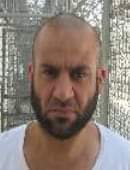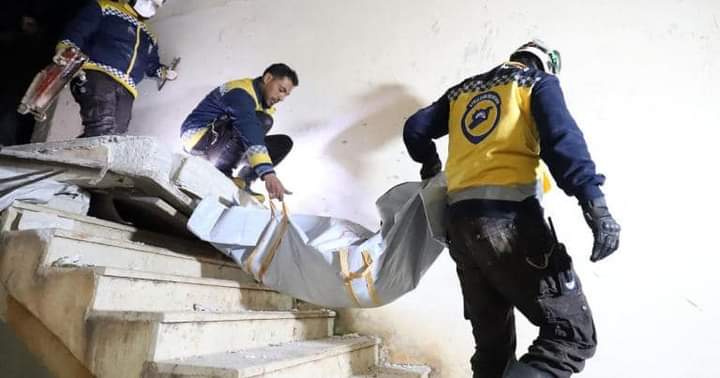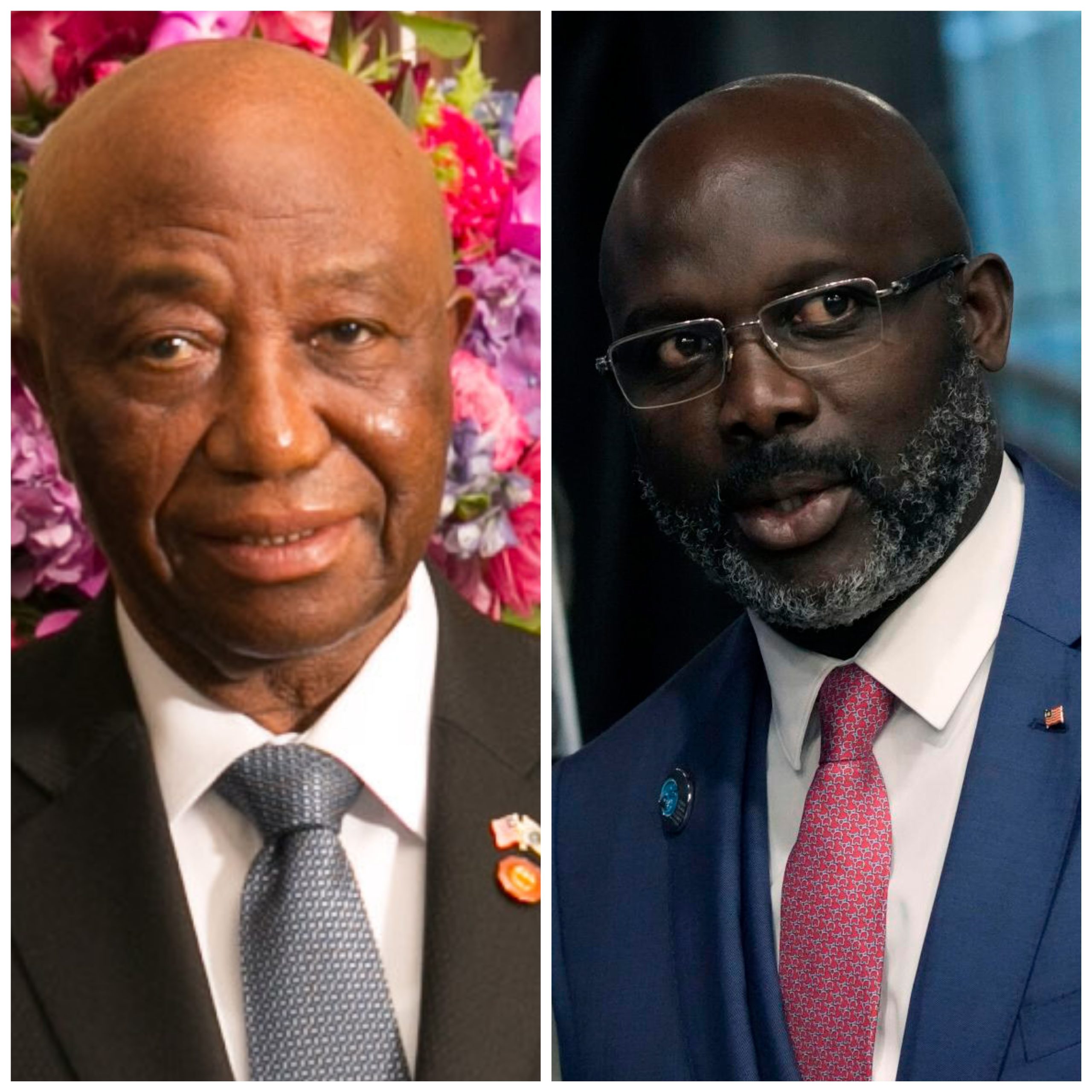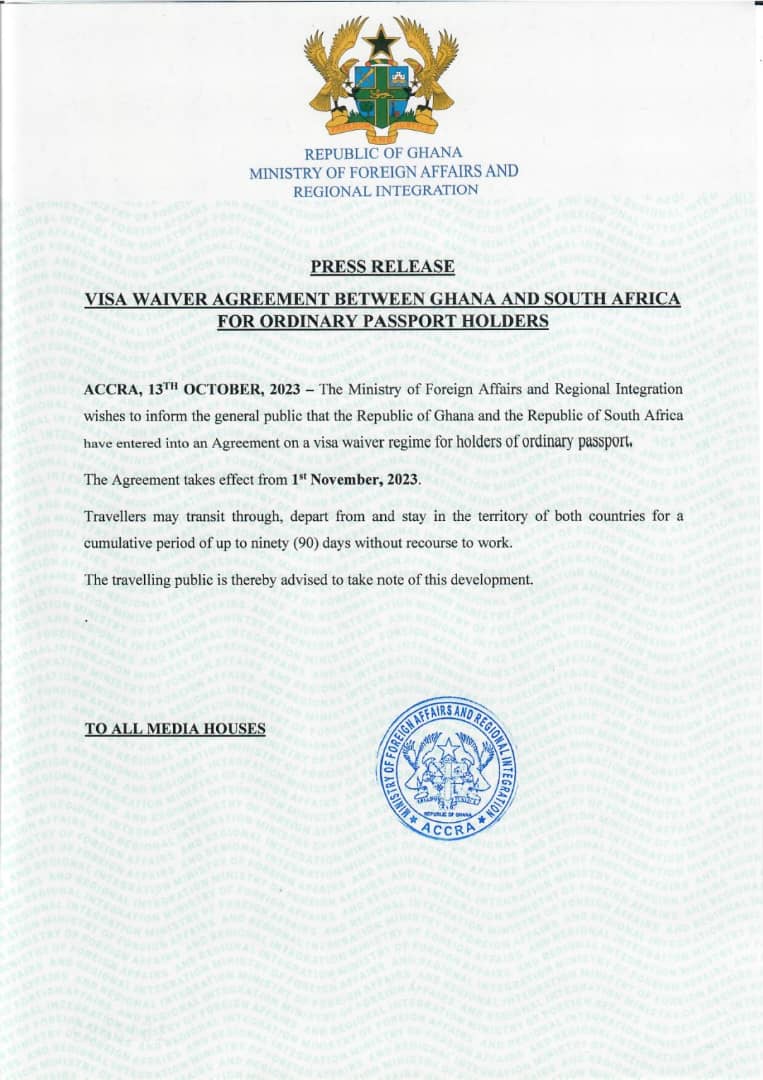US special operations forces conducted a large-scale counterterrorism raid in northwest Syria overnight Thursday, and President Joe Biden said the operation had left the ISIS terror group once again without a leader. Mr. Biden’s brief statement early on Thursday came after residents, rescuers and a monitoring group reported multiple deaths from the raid, including among civilians.
The White House released a statement from President Biden, who described the raid as a “counterterrorism operation to protect the American people and our Allies, and make the world a safer place.”
Abu Ibrahim al-Hashimi al-Qurayshi, the current leader of ISIS, was “taken off the battlefield” in the operation, Mr. Biden said, confirming that all US forces who took part had returned safely. The president said he would address the American people later on Thursday about the raid. His statement made no mention of the reported civilian casualties.
A senior Biden administration official told CBS News senior White House and political correspondent Ed O’Keefe on Thursday that al-Qurayshi “exploded a bomb that killed him and members of his own family” as the raid got underway.”

isis-abu-ibrahim-al-hashimi-al-qurayshi.jpg
An undated photo shows Abu Ibrahim al-Hashimi al-Qurayshi, who became the leader of ISIS in 2019 until he was “taken off the battlefield” in a US military raid in northwest Syria on February 3, 2022.
Several residents told The Associated Press they saw body parts scattered around a house in the village of Atmeh, near the border with Turkey. They spoke on condition of anonymity for fear of reprisals following the raid, which they say involved helicopters, explosions and machine-gun fire.
The Britain-based Syrian Observatory for Human Rights, which relies on a network of sources on the ground in Syria and has been a largely reliable source of information during the grinding civil war in the country, said the strike left at least 13 people dead, including four children and three women. The “White Helmets,” a volunteer rescue agency, said four women and six children were killed.
The senior administration official who spoke to O’Keefe on Thursday said al-Qurayshi’s own bomb had killed women and children in his family.

“While we are still assessing the results of this operation, this appears to be the same cowardly terrorist tactic we saw in the 2019 operation that eliminated” al-Qurayshi’s predecessor, the official said.
Images purported from the aftermath of the raid quickly appeared on social media showing the bodies of victims, including small children.
Residents and activists described the raid as the biggest operation since the October 2019 killing of then-ISIS leader Abu Bakr al-Baghdadi.
Charles Lister, senior fellow with the Washington-based Middle East Institute, remarked to Reuters that the US forces “clearly … wanted whoever it was alive.”

The Syrian Observatory for Human Rights said troops from the US-led coalition using helicopters landed in the area and attacked a house. It said the forces clashed with fighters on the ground.
Taher al-Omar, an Idlib-based activist, also said clashes broke out between the fighters in the area and special ops forces.
The residents and activists in the area described seeing a large ground assault, with US forces using loudspeakers asking women and children to leave the area.
There was at least one major explosion. A US official said one of the helicopters in the raid suffered a mechanical problem and had to be blown up on the ground. The US official spoke on condition of anonymity to discuss details of the military operation.
The military operation got attention on social media, with tweets from the region describing helicopters firing around a building near Atmeh. Flight-tracking data also suggested that multiple drones were circling the city of Sarmada and the village of Salwah, just north of there in Idlib province.
The clandestine operation came with ISIS apparently trying to stage a comeback after its effort to establish a caliphate failed in 2019, following several years of fighting in Syria and Iraq. In recent weeks and months, the group has launched a series of attacks in the region, including a 10-day assault late last month to sixteen a prison in northeastern Syria.
A US-backed Kurdish-led force said Monday that the Gweiran prison, also known as al-Sinaa prison, is now fully under its control. The Syrian Democratic Forces (SDF) said more than 120 of their fighters and prison workers died in the effort to thwart the ISIS plot. The prison houses at least 3,000 ISIS detainees.
The attempted prison break was the biggest military operation by the extremist group since ISIS was defeated and members scattered to havens in 2019. The US-led coalition carried out airstrikes and deployed American personnel in Bradley Fighting Vehicles to the prison area to help the Kurdish forces .
The US-led coalition has targeted high-profile activists on several occasions in recent years, aiming to disrupt what US officials say is a secretive cell known as the Khorasan group that is planning external attacks. A US airstrike killed al Qaeda’s second in command, forming Osama bin Laden aiding Abu al-Kheir al-Masri, in Syria earlier this year.
Read President Joe Biden’s full statement below;
FEBRUARY 03, 2022•
STATEMENTS AND RELEASES
Last night at my direction, U.S. military forces in the northwest Syria successfully undertook a counterterrorism operation to protect the American people and our Allies, and make the world a safer place. Thanks to the skill and bravery of our Armed Forces, we have taken off the battlefield Abu Ibrahim al-Hashimi al-Qurayshi—the leader of ISIS. All Americans have returned safely from the operation. I will deliver remarks to the American people later this morning. May God protect our troops.
The U.S. Rewards for Justice Program was offering up to $10 million in exchange for information leading to al-Qurashi’s apprehension.
On 3 February 2022, it was reported by a US official that al-Hashimi killed himself and members of his family by triggering an explosive device during a counter-terrorism raid by the US Joint Special Operations Command.




